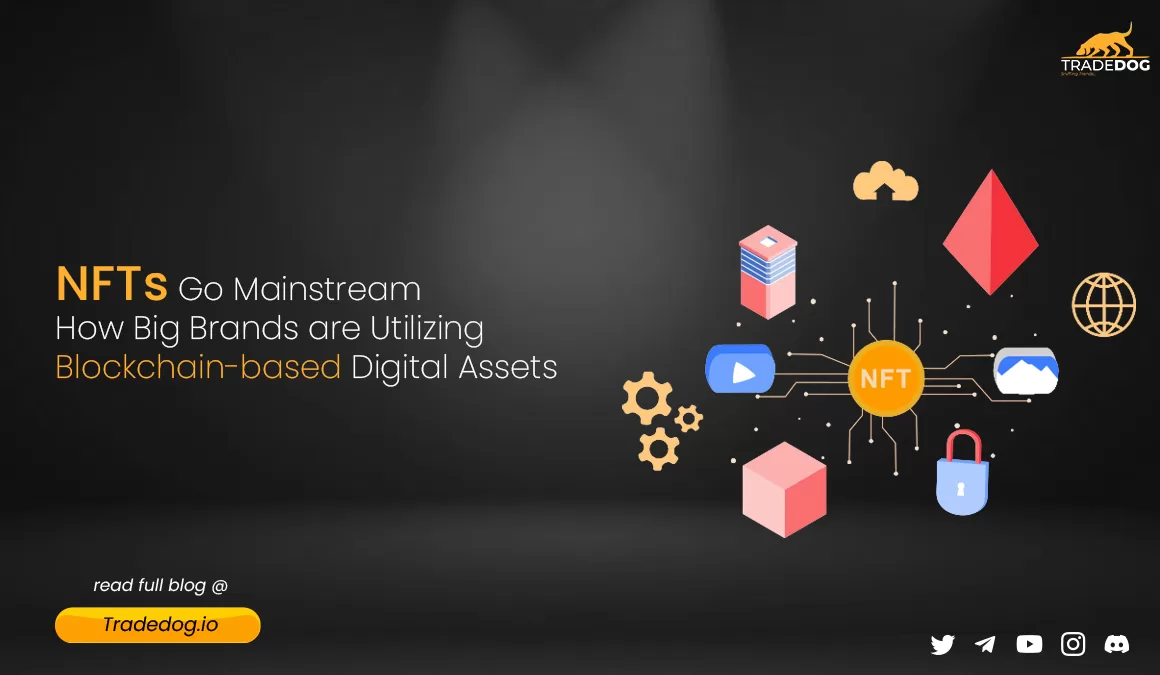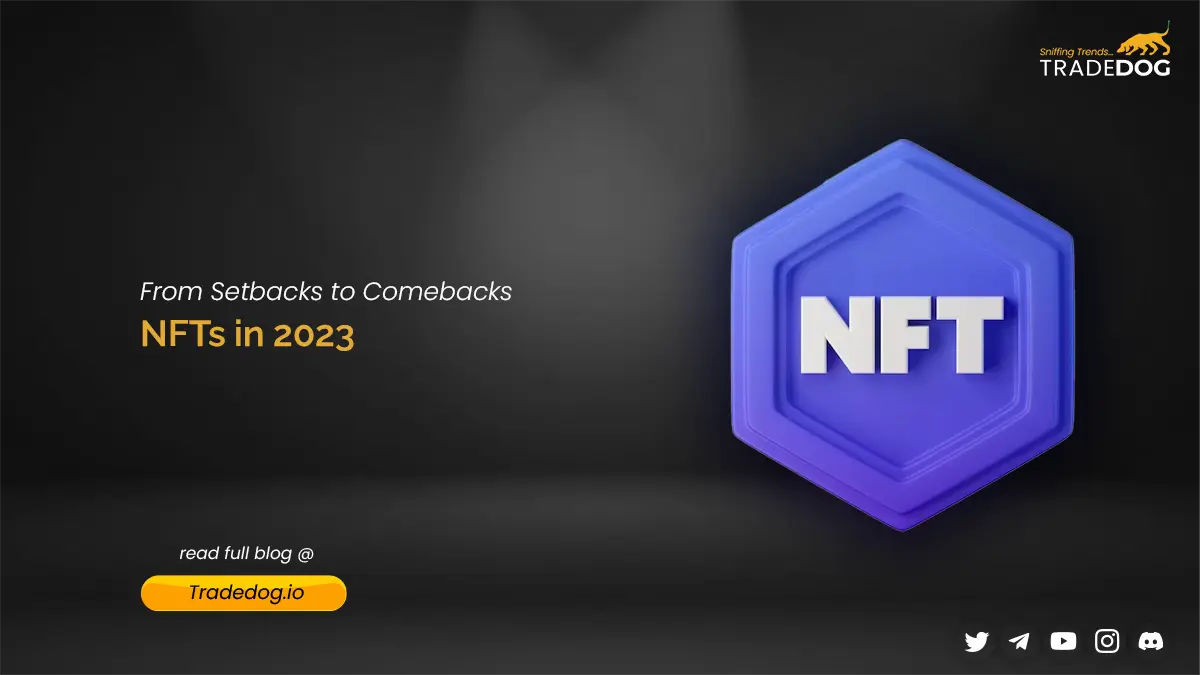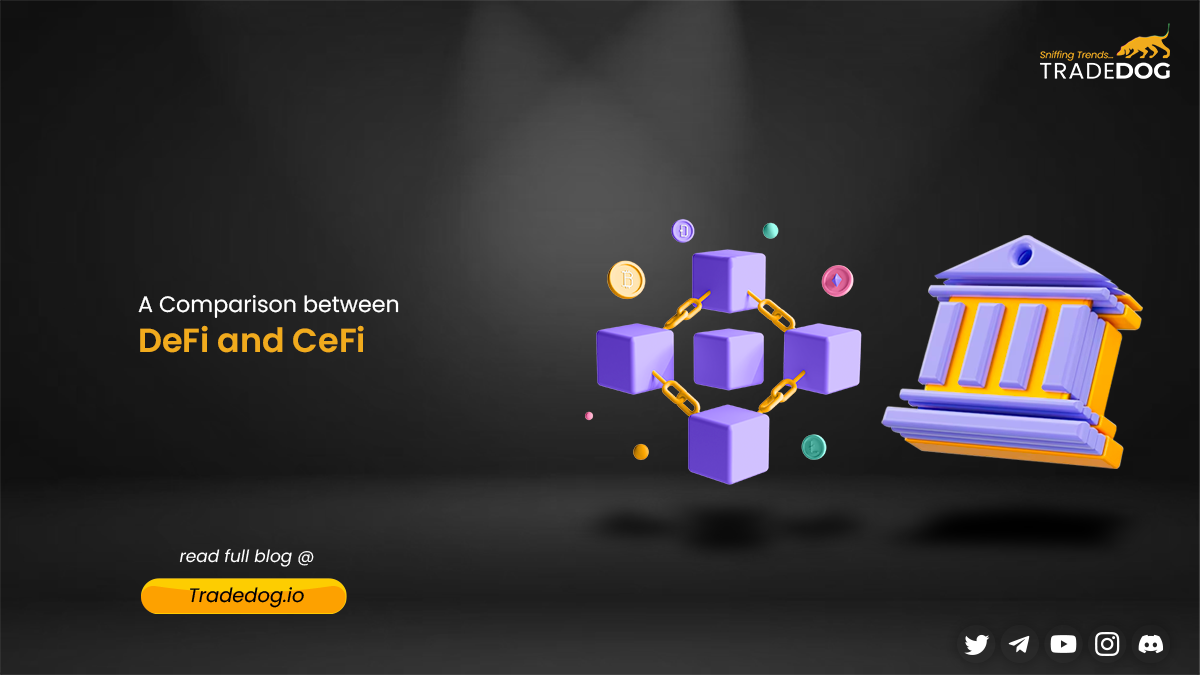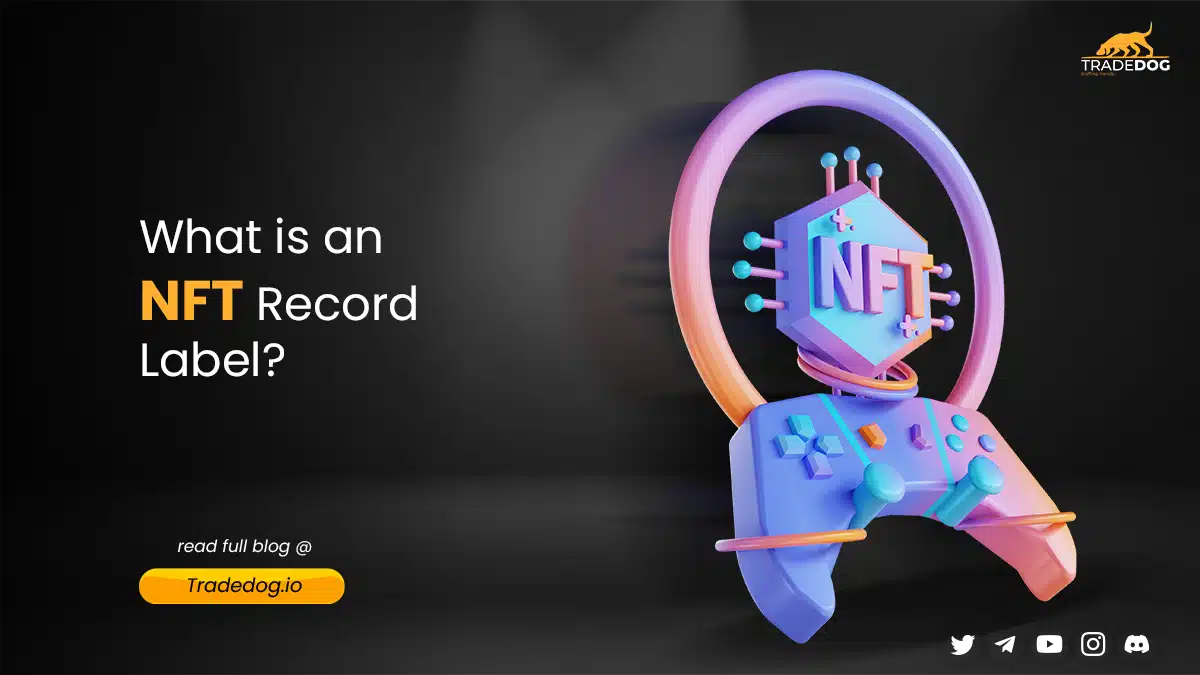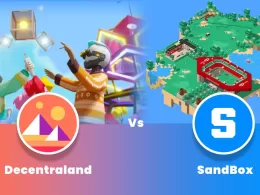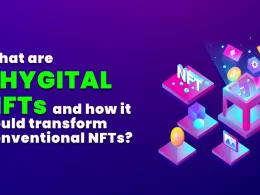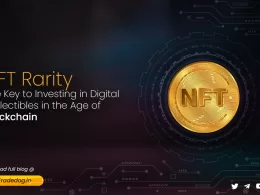Quick Links
The world of non-fungible tokens (NFTs) has exploded in popularity recently, with everything from digital art to sports collectibles sold as NFTs. NFTs allow for creating and owning unique digital assets that can be bought, sold, and traded on blockchain networks. As the NFT ecosystem continues to grow, more and more big brands are jumping on board to explore the potential of this new technology.
The advent of Metaverse on web3 technology has pushed big brands to enter this space and adopt new practices to place themself well in the evolving industry. Let’s understand more about how big brands are entering the NFT space and what potential this ecosystem holds for these brands.
Big Brands in the NFT Ecosystem
Big brands are interested in NFTs (Non-Fungible Tokens) because it offers a unique way to create and sell digital assets. NFTs are unique digital assets that are verified on a blockchain network, which means they can’t be duplicated or replicated. This uniqueness gives NFTs value, and brands can use them to create a new revenue stream or engage with their audience in a new way.
NFTs can be used to create unique limited-edition digital products such as virtual clothing, accessories, or even virtual real estate. These assets can then be sold to fans and collectors, with the scarcity of the items adding to their value. Additionally, brands can use NFTs to reward loyal customers or fans with exclusive digital collectibles that can’t be obtained anywhere else.
Some of the biggest and most recognizable brands in the world have already entered the NFT space. For example, Nike launched its “CryptoKicks” project in 2019, which allows customers to buy and sell limited-edition virtual sneakers as NFTs. Coca-Cola also entered the NFT space with its “OpenForSummer” campaign, which featured a series of digital collectibles that could be redeemed for prizes.
Louis Vuitton, one of the world’s most famous luxury fashion brands, launched a series of NFTs in 2019, featuring some of its most iconic handbags. Other big brands that have explored the NFT space include Gucci, Prada, and Dolce & Gabbana.
The following table depicts the top brands that have leveraged NFTs, sales volumes and revenue generated through it.
| Rank | Title | Secondary Transactions | Secondary Volume | Primary Sales Revenue | Total Royalties | Total NFT Revenue |
| 1 | Nike | 82.50K | $1.34 Bn | $93.13 Mn | $92.99 Mn | $186.12 Mn |
| 2 | Dolce & Gabbana | 11.97K | $20.62 Mn | $23.14 Mn | $557.20 K | $23.69 Mn |
| 3 | Tiffany | 76 | $3.41 Mn | $12.62 Mn | 0 | $12.62 Mn |
| 4 | Gucci | 4.84K | $31.92 Mn | $10.00 Mn | $1.60 Mn | $11.60 Mn |
| 5 | Adidas | 57.36K | $178.21 Mn | $6.20 Mn | $4.81 Mn | $11.01 Mn |
| 6 | Time Magazine | 22.38K | $37.55 Mn | $7.09 Mn | $3.72 Mn | $10.81 Mn |
| 7 | Budweiser | 4.44K | $6.65 Mn | $5.88 Mn | 0 | $5.88 Mn |
| 8 | Bud Light | 11.23K | $3.34 Mn | $4.00 Mn | 0 | $4.00 Mn |
| 9 | AO | 10.53K | $8.18 Mn | $1.50 Mn | $204.45 k | $1.70 Mn |
| 10 | Lacoste | 15.28K | $3.13 Mn | $1.00 Mn | $125.19 K | $1.13 Mn |
| 11 | Nickolodeon | 8.26K | $2.67 Mn | $350.75 K | $267.42 K | $618.17 K |
| 12 | McLaren | 2.22K | $2.62 Mn | $204.54 K | $130.85 K | $335.39 K |
Source: DuneAnalytics (last updated: Sept. ‘22)
Let’s take a deep dive into the brands and how they used NFTs to step in the Web3 waters.
Big Brands leveraging NFTs
RTFTK x Nike
The sportswear giant generated more than $185 Mn in revenues through NFT sales that include virtual sneakers, hoodies, and other merchandise. The brand generated $1.3 Bn in transaction volume, $93 Mn of which came from core NFT sales and $92 Mn as royalties. The acquisition of RTFKT ( a web 3 company that creates digital avatars & metaverse collectibles) by Nike was a major hint that the brand is anticipating something big by entering the Metaverse. Currently, the collection hosts more than 14K assets (NFTs),
Starbucks Odyssey
Starbucks recently unveiled its first set of paid NFTs, a collection of 2,000 digital “stamps” with a $100 price tag each. Starbucks refers to its NFTs as “Journey Stamps,” a less scientific phrase that non-technical people might use to describe what they just spent money on. And customers did purchase them. Reportedly, the “stamps” sold out in under 20 minutes, recorded over $130K in 30D volume traded, with an average sales price of $1.02K & a floor price of $1500. This approach helped the company to bolster its loyalty program and attract more genZ users to buy their products and services.
Tiffany & Co.
American luxury jewellery brand Tiffany and Co. announced on July 31, 2022, and launch of its NFT collection “NFTiff”. Made exclusively for CryptoPunk owners, the collection consisted of 250 digital assets that give owners access to a one-of-a-kind bespoke pendant for their crypto punks. The collection, which was priced at 30 ETH/51K USD, was sold out within minutes of its release. The sale generated $13 Mn in revenue for the company, making it one of the most notable NFT sales by a tier-1 jewellery brand in the web 3 space.
Adidas
The leading apparel company launched a line of NFTs on Ethereum last year named “Into the Metaverse” that offered buyers access to an exclusive fan club. According to the company, members were eligible to purchase special merch drops and shape the products and experiences it creates for its NFT community. Listed on opensea, the collection hosts 30K items (NFTs) with 48.08K ETH & 19.4K owners.
What are the Benefits for Big Brands Launching NFT Collections?
First and foremost, NFTs offer a new way to engage with fans and customers. By creating unique digital assets that can only be owned by a limited number of people, brands can foster a sense of exclusivity and community. This can lead to increased loyalty and engagement from fans, as well as new revenue streams and monetization opportunities. Another benefit of NFTs for big brands is the ability to showcase digital assets and intellectual property.
Another benefit for brands of infusing NFTs into their existing business models opens up the opportunity to hold a good position in the metaverse. Brands like Gucci, Nike, and others have already identified that if they manage to build a good web 3 community by selling/airdropping NFTs, they can leverage it for the experiences that might be created within the Metaverse.
Are there some challenges & risks as well?
Obviously, there are certain challenges and risks associated with NFTs. One potential challenge is the risk of backlash or negative publicity. Some consumers may view NFTs as a passing fad or a gimmick and may be hesitant to engage with brands that are actively promoting them.
The recent downturn of crypto markets to a bull cycle also had a very bad impact on the NFT ecosystem. The people lost interest in the NFT markets following the news of wash trading and fake volumes that were being conducted by top NFT creators & companies. This was a major roadblock for big brands to enter and adopt the technology as they feared losing retail interest due to bad repo of the overall industry.
Another challenge for big brands is the potential for intellectual property and copyright issues. NFTs are still a relatively new technology, and there are few established guidelines or best practices for how brands can protect their intellectual property in this space. Additionally, technical challenges may be associated with creating and managing NFTs, such as ensuring that the tokens are secure and cannot be counterfeited or duplicated.
Future Outlook for Big Brands in the NFT Ecosystem
Despite these challenges, the future outlook for big brands in the NFT ecosystem is promising. As technology continues to evolve and mature, more and more brands are likely to explore the potential of NFTs. This could lead to new and innovative use cases for NFTs, as well as increased adoption and mainstream acceptance of the technology.
In addition, the rise of NFTs could have broader implications for the crypto and blockchain industries as a whole. By creating a new market for unique digital assets, NFTs are helping to demonstrate the value of blockchain technology beyond traditional cryptocurrencies like Bitcoin and Ethereum.
Around $2 billion was spent on NFT art alone in 2021, representing an 800% increase in the market for that type of digital art. Non-fungible digital assets have become increasingly popular, opening up new channels for brand interaction with consumers. Reportedly, the market for non-fungible tokens is anticipated to reach USD 211.72 billion by 2030, expanding at a CAGR of 34.2%. This is a major attraction for big brands and a lot amongst them have already started to recognize the potential and adopt the practice of using NFTs to populate their products among masses.
Closing Thoughts
In conclusion, NFTs represent an exciting new opportunity for big brands to engage with fans, showcase their digital assets, and explore new revenue streams. While there are certainly challenges as the industry evolves, it is expected that within the next 5 years, every brands out there will be integrating NFTs in some way or another. The introduction of Bitcoin Ordinals depicts the space is witnessing new innovations and unlockcing better potentials everyday that would ultimately lead to a mass dive of big brands in the NFT ecosystem.





